Asia Gastronomy Cities
Seoul Gastronomy City
Seoul, South Korea's capital, is a lively city where old meets new. Home to over 10 million people, it boasts top-notch public transit, impressive museums, and a mix of modern high-rises and historic palaces.
While embracing progress, Seoul keeps its cultural heritage alive through old neighborhoods, traditional markets, and age-old practices. The city's unique charm comes from its setting along the Han River, with nearby mountains offering great hikes and city views.
- Seoul's food scene combines traditional Korean cooking with global influences
- Markets like Gwangjang and Namdaemun provide budget-friendly and genuine local food
- Visitors to Seoul should sample Korean barbecue, bibimbap, and fried chicken
Why is Seoul a food lover's dream
Seoul's food culture is a sensory adventure, mixing age-old recipes with fresh ideas. The city streets are packed with eating spots, from simple food carts to fancy restaurants, all serving up tasty Korean dishes.
One of the best parts of Seoul's food scene is the street eats. You can find sellers offering everything from tteokbokki (spicy rice cakes) to odeng (fish cakes) almost everywhere. These quick, cheap bites let you taste lots of different flavors without spending too much.
Korean barbecue, or gogigui, is another big draw in Seoul. This fun dining style involves cooking your own meat at the table, along with lots of side dishes called banchan.
If you like sweets, Seoul has plenty to offer. Try traditional treats like bingsu (shaved ice with toppings) or visit modern cafes for picture-perfect desserts. The city's coffee scene is also booming, with quirky-themed cafes all over the place.
What are the top spots for street food in Seoul
For the best street food in Seoul, check out the busy markets. Gwangjang Market, around since 1905, is a food fan's dream. Here, you can try local favorites like bindaetteok (mung bean pancakes) and mayak gimbap (mini seaweed rice rolls).
Namdaemun Market, Korea's biggest traditional market, is another great place for street food. Make sure to try galchi jorim (braised hairtail fish) from the famous "Hairtail Alley."
For a more current take on street food, visit the hip Hongdae area. This college neighborhood is known for its young vibe and creative food options. You might find interesting combos like kimchi tacos or Korean-style hot dogs.
Here's a quick list of must-try street foods in Seoul:
- Tteokbokki: Spicy rice cakes
- Odeng: Fish cakes on a skewer
- Hotteok: Sweet pancakes with brown sugar and nuts
- Bungeoppang: Fish-shaped pastries with red bean paste
- Gyeran-ppang: Egg bread
Why is Korean barbecue so popular
Korean barbecue, or gogigui, is more than just food – it's a social event. At a Korean barbecue place, you'll sit at a table with a built-in grill. The waiter will bring out plates of raw meat, which you cook yourself right there.
Popular meats include samgyeopsal (pork belly), galbi (marinated beef short ribs), and bulgogi (marinated beef sirloin). These come with lots of banchan (side dishes) like kimchi, pickled veggies, and ssamjang (a spicy dipping sauce).
To eat Korean barbecue like a local, wrap your cooked meat in a lettuce leaf with some rice, banchan, and sauce. This makes a perfect bite with lots of flavors and textures.
Some top Korean barbecue spots in Seoul are:
- Maple Tree House in Itaewon
- Wangbijib in Myeongdong
- Samwon Garden in Gangnam
Remember, Korean barbecue is best with friends or family, so bring a group and get ready for a big meal!
Can I find vegetarian food in Seoul
While Korean barbecue is famous in Seoul, the city has plenty of options for those who don't eat meat. In fact, many traditional Korean dishes are vegetarian-friendly or can be easily changed.
Bibimbap, a bowl of rice topped with various veggies, an egg, and gochujang (red chili paste), is a popular choice. Many restaurants offer vegetarian versions without meat. Jajangmyeon, black bean noodles, is another tasty option that can be made vegetarian.
For vegans, temple cuisine is worth trying. This cooking style, created by Buddhist monks, uses no animal products and focuses on seasonal, local ingredients. Try Balwoo Gongyang near Jogyesa Temple for a fancy temple cuisine meal.
Here's a table showing some popular vegetarian-friendly dishes in Seoul:
| Dish | Description | Usually Vegetarian? |
| Bibimbap | Rice bowl with veggies and egg | Can be (ask for no meat) |
| Jajangmyeon | Black bean noodles | Can be (ask for no meat) |
| Kimchi jjigae | Kimchi stew | No (has fish sauce, but vegan versions exist) |
| Doenjang jjigae | Soybean paste stew | Can be (ask for no meat) |
| Japchae | Stir-fried glass noodles | Can be (ask for no meat) |
What's special about Seoul's cafe scene
Seoul's cafe scene is a world of its own. The city has thousands of cafes, from cozy local spots to fancy-themed places. Many offer not just coffee, but also pretty desserts and light meals.
For a truly Korean cafe experience, try a bingsu cafe. Bingsu is a shaved ice dessert with various sweet toppings. Sulbing, a popular chain, serves traditional patbingsu (red bean shaved ice) as well as new versions like mango cheesecake bingsu.
If you like taking photos for social media, check out some of Seoul's themed cafes. The Stylenanda Pink Pool Cafe in Myeongdong, designed to look like an old-school swimming pool, is a popular choice. For animal fans, cat cafes and dog cafes let you enjoy a drink while petting furry friends.
Coffee lovers shouldn't miss the chance to try hand-drip coffee at one of Seoul's specialty coffee shops. Places like Fritz Coffee Company and Felt Coffee take their brews seriously, using high-quality beans and expert brewing methods.
How can I eat like a local in Seoul
Eating out in Seoul can be fun, but it helps to know some local customs:
- Share your food: Many Korean meals are meant to be shared. Don't be surprised if your friends want to try a bit of everything.
- Show respect to older people: If eating with older Koreans, wait for them to start eating before you begin. It's also polite to pour drinks for others, especially older people.
- Know some basic phrases: A little Korean goes a long way. Try "Jeogiyo" (excuse me) to call the waiter and "Mashisoyo" (it's delicious) to say you like the food.
- Don't tip: Unlike some countries, tipping isn't expected in Korean restaurants.
- Try soju: This Korean alcohol is often drunk with meals. Remember to pour for others and use two hands to receive your glass when someone pours for you.
Useful phrases:
"Jeogiyo" (저기요) - Excuse me
"Mashisoyo" (맛있어요) - It's delicious
"Gamsahamnida" (감사합니다) - Thank you
"Hanbeon deo juseyo" (한번 더 주세요) - One more please
Remember, Seoul's food scene is huge and varied. Don't be scared to try new things and step out of your comfort zone. You might find your new favorite dish!
FAQs
Is Seoul pricey for food tourists?
Seoul can be as costly or as cheap as you want. While fancy restaurants and trendy cafes can be expensive, street food and local eateries offer tasty meals at good prices. A meal at a casual restaurant might cost around 8,000-15,000 won ($7-13 USD), while street food items can be as cheap as 2,000-5,000 won ($2-4 USD).
Do I need to know Korean to order food in Seoul?
While knowing some basic Korean phrases can help, many restaurants in tourist areas have English menus or picture menus. In more local places, you might face language barriers, but Koreans are usually friendly and will try to help. Don't be shy to point at what others are eating if it looks good!
When's the best time to visit Seoul for food?
Seoul is great for food all year round, but each season has something special. Spring brings fresh veggies and cherry blossom-themed treats. Summer is perfect for cold noodles like naengmyeon. Fall is great for hearty stews and Korean barbecue. Winter is ideal for warm, comforting dishes like kimchi jjigae (kimchi stew).
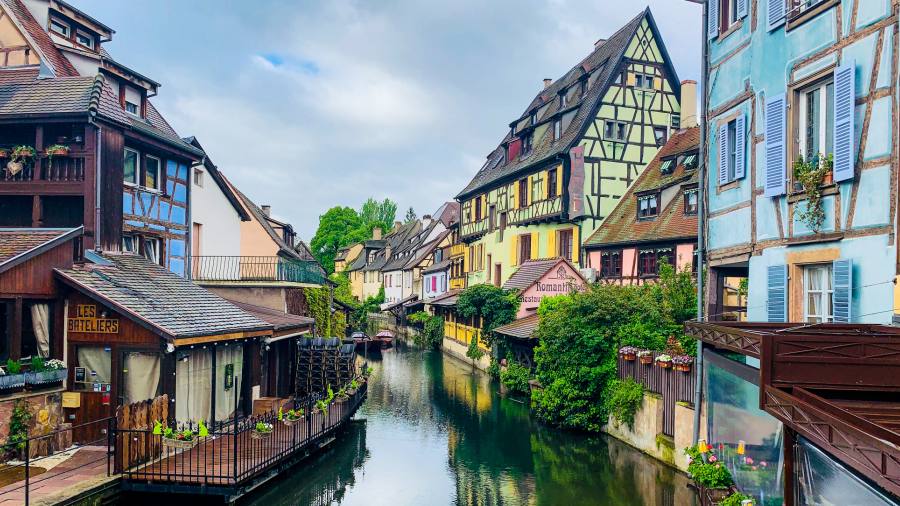



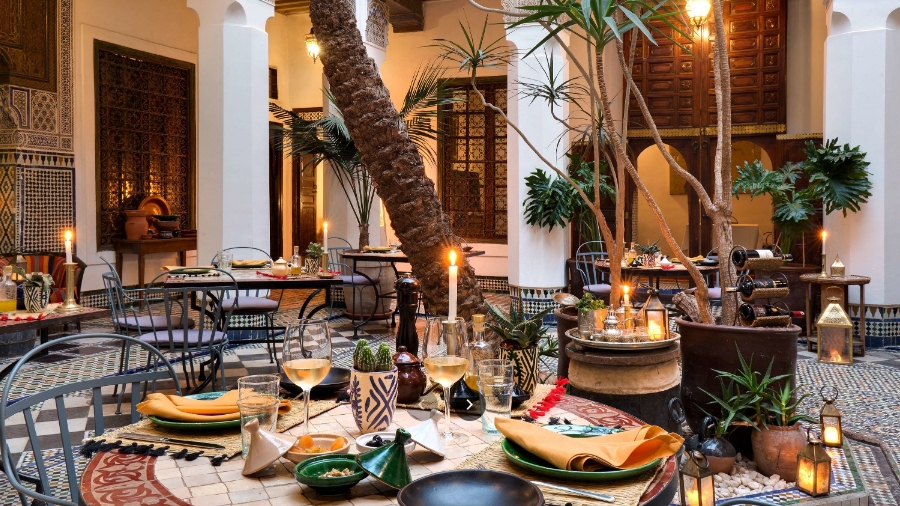


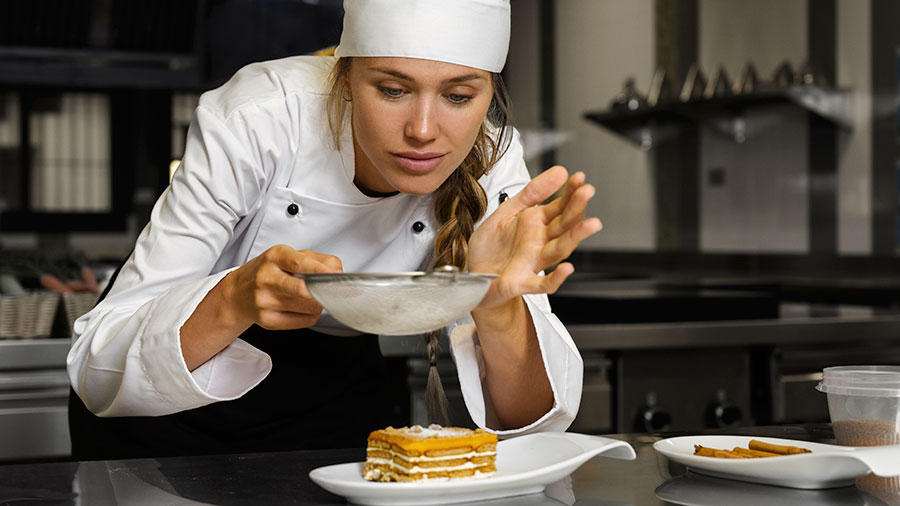

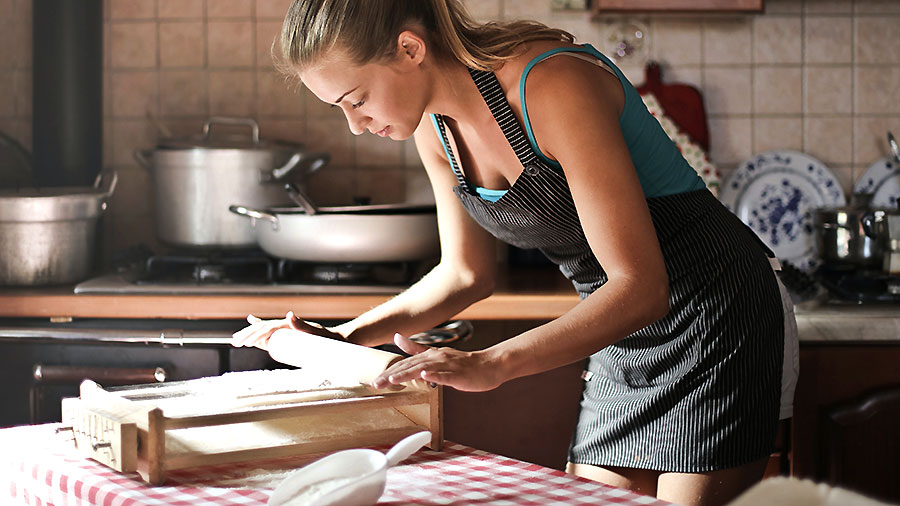

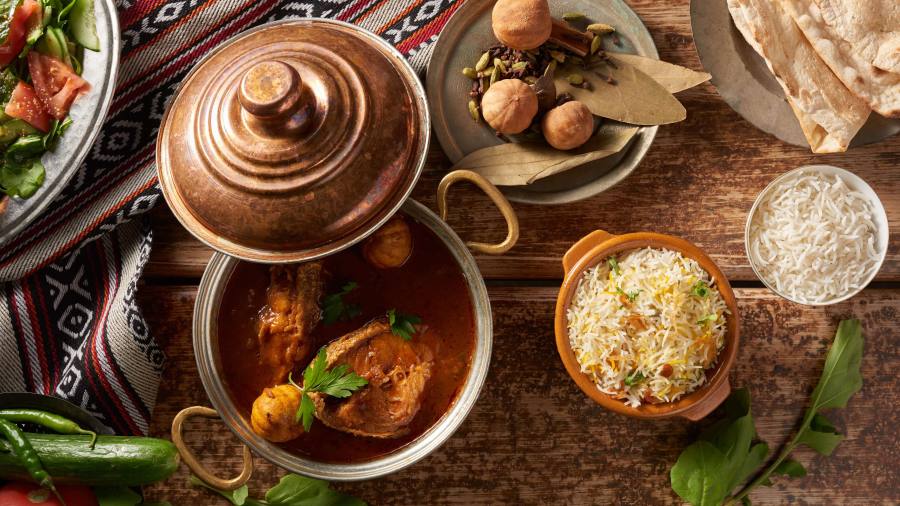
 Gastronomy Cities
Gastronomy Cities
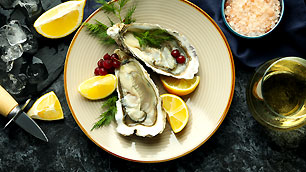 Amazing Food
Amazing Food
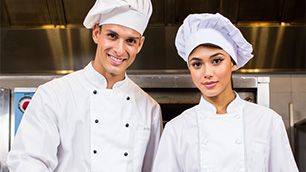 Chef's Talk
Chef's Talk